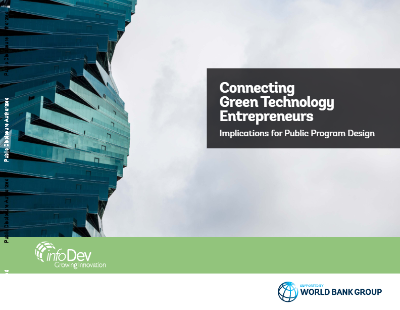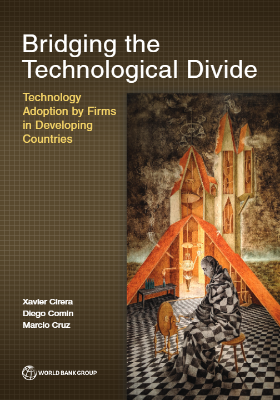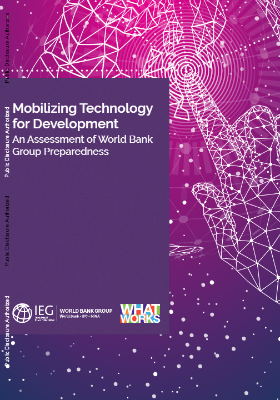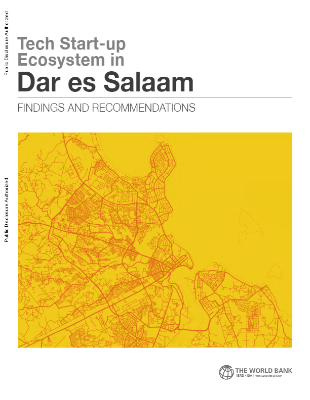Growing innovative green technology firms
In face of growing concern related to climate change, green technology entrepreneurs are critically needed to develop the businesses and ideas behind climate mitigation in developing countries—but they frequently collide with challenges endemic to such environments. A common thread of hope exists. This report, based on a series of public and private sector case studies, argues that innovation by green technology entrepreneurs in developing countries may best be fostered by “open innovation” and “technology brokering” strategies. These strategies emphasize the importance of sourcing and combining ideas in tune with market needs, through facilitating connections among entrepreneurs and with other stakeholders. By associating firms within networks with multiple connections, such an innovation model may help lower investment costs, speed up delivery of new products and services to market, and scale up and help adoption of new-to-the-context business models. Thus, it may meaningfully help green technology entrepreneurs overcome the market failures that they are particularly likely to face on both the demand and supply sides in developing countries.
Developing countries often lag in green technology innovation because they pursue an invention-oriented approach. In an invention-based approach, enterprises invest massively in R&D and the best employees. This has worked in developed nations with the resources and ability to attract the best talent, but has proven to be a poor strategy in developing nations. Rather, emerging markets can pursue a more fruitful path by recognizing a key insight: While great innovators are usually pictured as great inventors, they are often just great technology brokers. Instead of inventing and developing fundamentally new ideas, some of the most innovative firms of the last century have focused on recombining existing ideas in new ways, and building strong social networks of talent and resources instead of focusing on individual inventors. Nascent firms can thus grow faster, leaner and better by embracing the “open innovation” paradigm, which emphasizes the importance of connections among stakeholders and the market. In the open innovation paradigm, new products do not have to rely on scant internal resources, but rather are developed via established connections among various stakeholders in the innovation process (firms, financiers, potential clients, etc.) and with the market.
More precisely, the case studies offer insights into which types of connections may best suited to foster innovation in climate change friendly technologies in developing countries. Out of an original pool of 142 cases, 14 were selected and analyzed for being successful at facilitating connections among (i) people, (ii) ideas, (iii) products, services and business models, and (iv) transactions, as well as for at creating a sense of (v) community, thus ensuring the sustainability of the different connections.











